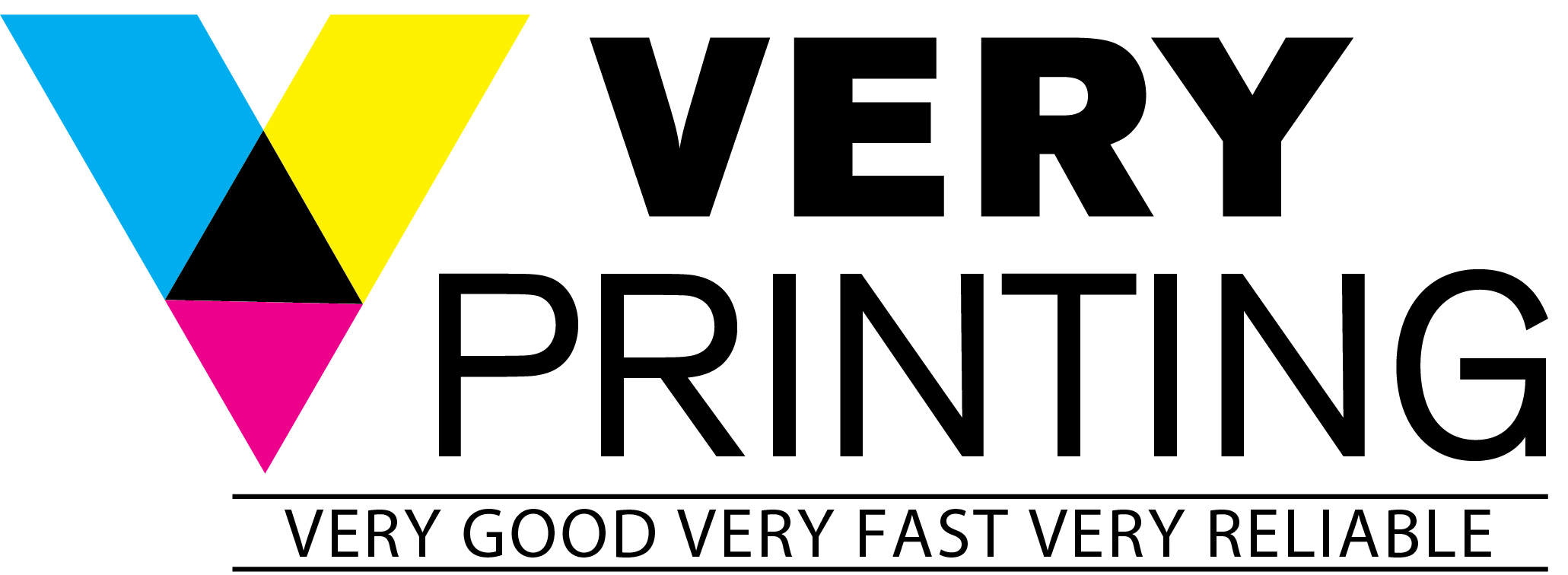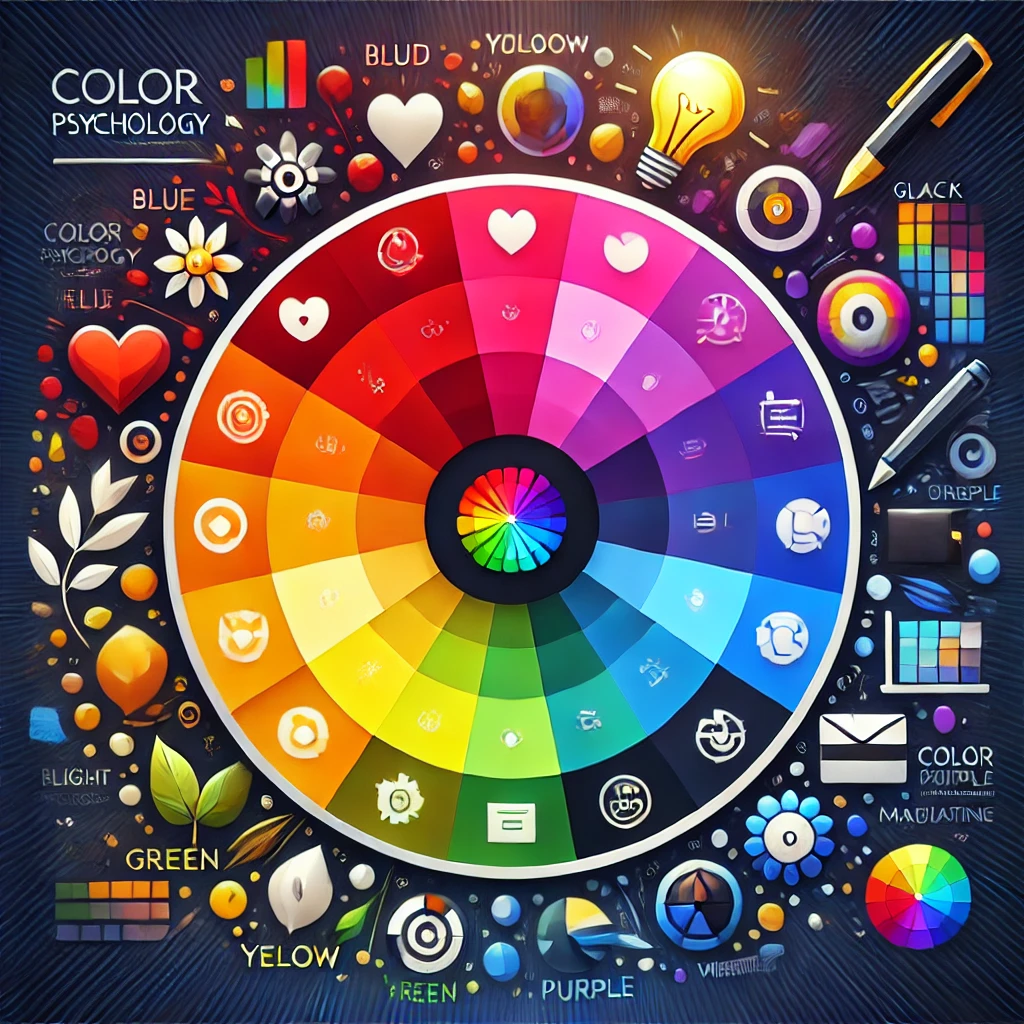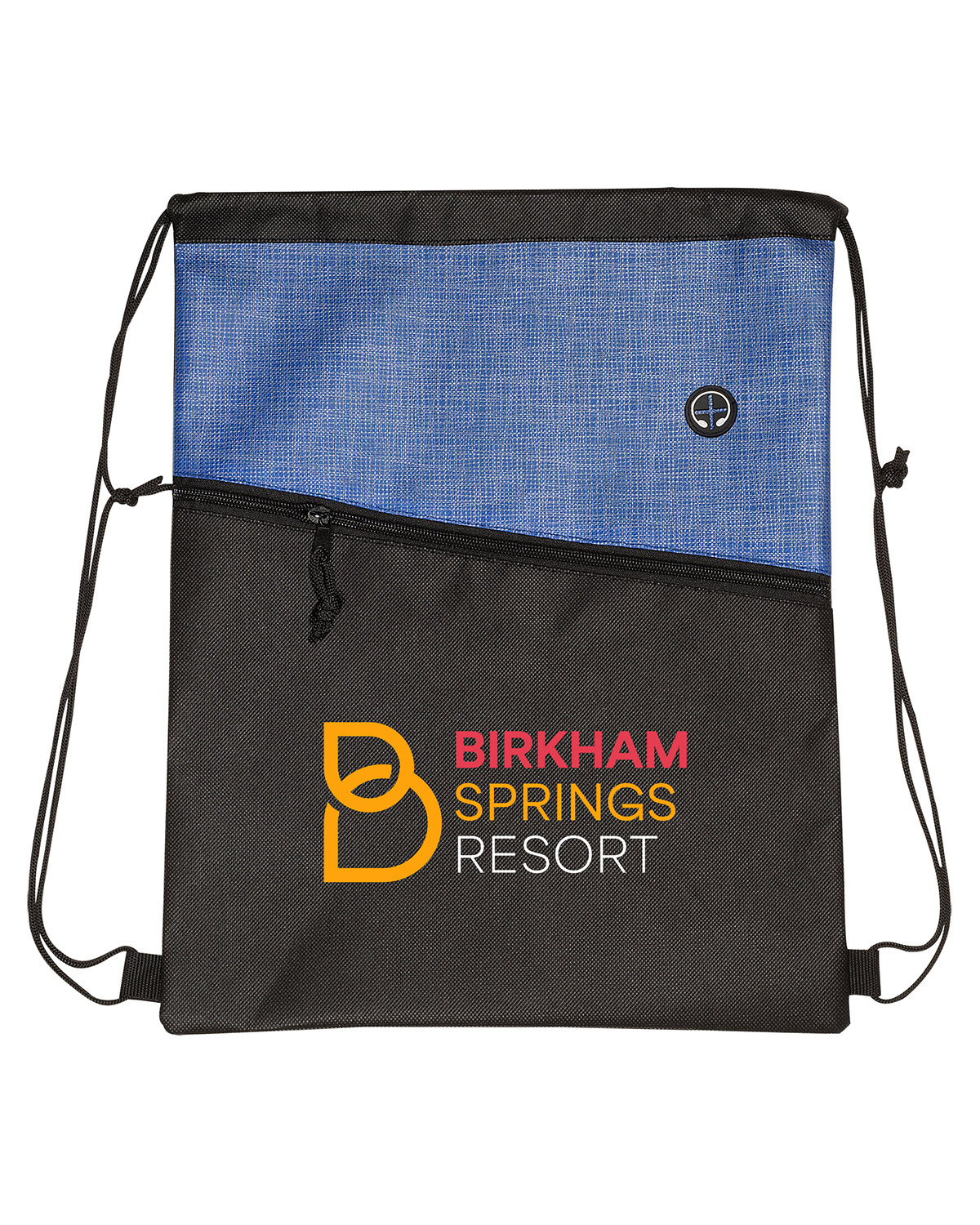Colors have the power to influence how we think, feel, and act. This is the foundation of color psychology in branding, a vital tool for businesses to connect with audiences and create memorable experiences. By understanding how colors evoke emotions and affect decisions, brands can build stronger connections with their target market.
In this blog post, we will discuss:
- The significance of color psychology in branding.
- How to choose the right colors for your brand.
- The emotional responses different colors evoke.
- Practical strategies for implementing color psychology in your branding efforts.
By the end of this post, you’ll be able to:
- Understand the emotional impact of different colors
- Select colors that resonate with your audience
- Craft a cohesive and recognizable brand identity
- Use color to drive customer behavior and loyalty
What Is Color Psychology?
Color psychology is the study of how colors affect human behavior and emotions. Different colors can evoke various feelings and associations, influencing how consumers perceive a brand.
For example, red is often associated with excitement and urgency, while blue conveys trust and calmness.
By understanding these associations, marketers can strategically select colors that align with their brand’s identity and values.
The Importance of Color in Branding

1. Creating Emotional Connections
Humans are emotional beings, and our feelings often dictate our purchasing decisions. Colors play a significant role in shaping these emotions.
For instance, a brand that uses warm colors like red and orange might evoke feelings of excitement and energy, making it appealing to consumers seeking vibrant experiences.
Conversely, cooler colors like blue and green can create a sense of tranquility and trust, essential for brands in the healthcare or finance sectors.
2. Differentiating Your Brand
In a crowded marketplace, standing out is crucial. Color psychology can help brands differentiate themselves from competitors. By choosing unique color palettes that resonate with their target audience, brands can create a memorable identity.
For example, while many tech companies use blue to convey trust, a brand that opts for a bold orange may attract attention and convey innovation.
3. Influencing Consumer Behavior
Colors can significantly influence consumer behavior. Research shows that certain colors can trigger specific actions.
For example, red is often used in call-to-action buttons because it creates a sense of urgency, prompting consumers to take immediate action.
Understanding how different colors affect decision-making can help brands design effective marketing materials that drive conversions.
+ To learn more about Consumer Behavior: click here
Color Associations and Their Meanings

1. Red: Passion and Urgency
Red is a powerful color that evokes strong emotions. It is often associated with passion, energy, and excitement. Brands like Coca-Cola and McDonald’s effectively use red to create a sense of urgency and stimulate appetite.
However, red can also have negative connotations, such as danger and anger. Brands should use red strategically to harness its positive attributes while being mindful of its potential drawbacks.
2. Blue: Trust and Calmness
Blue is one of the most widely used colors in branding. It conveys trust, loyalty, and dependability, making it a popular choice for businesses in finance and healthcare. Brands like Facebook and Ford utilize blue to create a sense of security and calmness.
However, it’s essential to consider the context of your brand when using blue, as it can also be perceived as cold or unapproachable if not balanced with warmer tones.
3. Yellow: Happiness and Optimism
Yellow is often associated with happiness, warmth, and creativity. Brands like McDonald’s and Best Buy use yellow to evoke feelings of optimism and friendliness.
However, excessive use of yellow can lead to feelings of anxiety or caution. It’s crucial to strike the right balance when incorporating yellow into your brand.
4. Green: Nature and Growth
Green symbolizes nature, health, and growth. Brands focused on eco-friendliness, such as Whole Foods and Starbucks, effectively use green to communicate their commitment to sustainability.
While green has many positive associations, it can also evoke feelings of boredom or envy if not used thoughtfully.
5. Orange: Energy and Enthusiasm
Orange combines the warmth of red and the cheerfulness of yellow. It evokes feelings of energy, enthusiasm, and friendliness. Brands like Amazon and Nickelodeon use orange to create engaging and youthful identities.
However, it’s essential to be cautious, as orange can sometimes be perceived as immature or overwhelming.
6. Black: Elegance and Sophistication
Black is often associated with elegance, sophistication, and power. Luxury brands like Chanel and Apple use black to convey a sense of exclusivity and class.
However, black can also have negative connotations, such as oppression or mourning, so it should be used carefully within a brand’s context.
7. White: Purity and Simplicity
White symbolizes purity, cleanliness, and simplicity. Brands like Tesla and Apple use white to create a modern and minimalist aesthetic.
While white can convey freshness and clarity, it can also be perceived as empty or sterile if not balanced with other colors.
8. Purple: Luxury and Creativity
Purple is often associated with luxury, wisdom, and spirituality. Brands like Cadbury and Yahoo use purple to convey a sense of class and creativity.
However, excessive use of purple can lead to feelings of excess or moodiness, so it should be used strategically.
9. Magenta: Imagination and Comfort
Magenta evokes feelings of imagination, creativity, and comfort. Brands like T-Mobile use magenta to stand out and convey a sense of boldness.
However, it can also be perceived as outrageous or impulsive if not balanced with other colors.
You might also like: Top Design Trends for 2025: A Guide for Creative Inspiration
How to Implement Color Psychology in Your Branding

1. Understand Your Target Audience
Before selecting colors for your brand, it’s essential to understand your target audience. Create buyer personas to identify the demographics and psychographics of your ideal customers. Consider their preferences, values, and emotional triggers when choosing your brand colors.
2. Define Your Brand Positioning
Establishing a clear brand positioning is crucial for effective branding. Use a positioning matrix to identify gaps in the market and differentiate your brand from competitors.
This will help you determine which colors align with your brand’s identity and values.
3. Craft Your Brand Personality
Your brand’s personality should be reflected in your color choices. Consider the attributes and emotions you want your brand to convey.
For example, if your brand is youthful and energetic, vibrant colors like orange and yellow may be appropriate. If your brand is sophisticated and trustworthy, consider using blue or black.
4. Create a Color Palette
Once you’ve defined your brand personality, develop a harmonious color palette using the color wheel. Choose a primary color that represents your brand and complementary colors that enhance its message. Ensure that your color palette is versatile enough to be used across various marketing materials.
5. Maintain Consistency
Consistency is key to building brand recognition and trust. Apply your chosen colors consistently across all branding elements, including your logo, website, social media, and marketing materials.
This will help create a cohesive brand identity that resonates with your audience.
Conclusion
In conclusion, understanding color psychology in branding is essential for creating a strong brand identity and connecting with your target audience. By carefully selecting colors that evoke the desired emotions and align with your brand’s personality, you can influence consumer behavior and enhance brand perception. As you implement these strategies, remember to consider your audience, define your positioning, and maintain consistency across all branding elements. By harnessing the power of color psychology, you can create a memorable and impactful brand that resonates with consumers.
Ready to apply color psychology to your brand? Share your thoughts or tell us how you’ve used colors to shape your brand identity. Let’s create a vibrant conversation below!
You might also like: 10 Proven Marketing Strategies to Grow ANY Business




